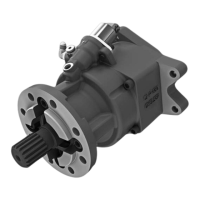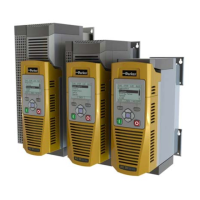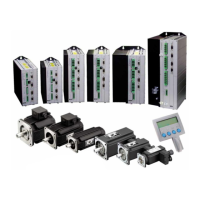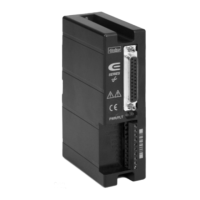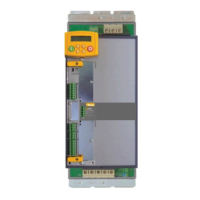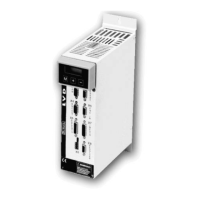Serial Communications A-13
DC590+ Series DC Digital Drive
EI Binary Support
This mode has many similarities with the ASCII mode, and so what follows is a summary of the differences to the ASCII mode.
Character Format
Each byte is transmitted as 11 bits rather than adapting the 10-bit format used by the ASCII mode. The format is represented by the following:-
1 Start bit (low)
7 Data bits (LSB first)
1 Control bit *
1 Even parity bit
1 Stop bit (high) * 0 = Control character, 1 = Data character
How is the Information Transferred?
During serial communications, Drive acts as a slave and responds to messages sent from the Supervisor. Messages received from the Supervisor are
categorised into Main Messages and Continuation Messages.
The Binary mode introduces several different Control and Data Characters. Refer to “
EI Bisynch Binary Message Protocol”, page A-15.
Response to a `Selection’ Message
The response is very similar to the ASCII mode but differs in that the ASCII (GID)/(UID) address is replaced by the Binary (INO), Instrument
Number. Also, the ASCII parameter mnemonic (C1)(C2) is replaced by the Binary (PNO) character.
System Port (P3) Set-up
Set MODE parameter (Tag No. 130) to EIBINARY using the MMI
Set BAUD RATE parameter (Tag No. 198)
Set the GROUP ID parameter (the Parker SSD Drives protocol group
identity address) to match the drive being communicated with.
Set the UNIT ID parameter (the Parker SSD Drives protocol unit
identity address) to match the drive being communicated with.
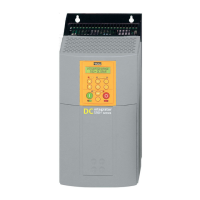
